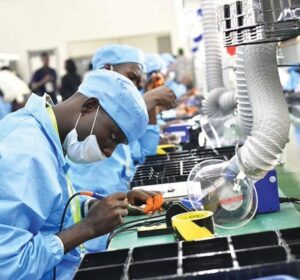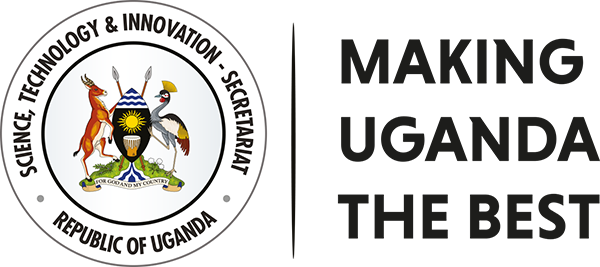Get InformedAbout MajorSTI Initiatives
This is a digital portal offering
information on STI-related programs
and resources provided by the
STI-Secretariat.
Resources and Publications
This database contains a variety of open-access STI material in many formats and on various topics aimed at promoting science, exchanging ideas and fostering knowledge
Our Stories
Get to know the latest industry news, blog updates, organization activities and announcements. Find videos and photos of our latest events and engagements.

Events

Regularly checkout our calendar with events and activities that present opportunities for all our STI stakeholders to network.

The National Science Week
Mark your calendar for the annual National Science Week, a hallmark event that celebrates the progress made in deploying STI as Uganda shifts from a traditional to a modernized economy. Learn more
Investor Summit
Be part of the investor summit as we showcase Uganda's vast STI investment opportunities and foster conversations, collaboration and connections between investors and Ugandan Startups. Learn moreCareer Opportunities
We currently have no job openings









